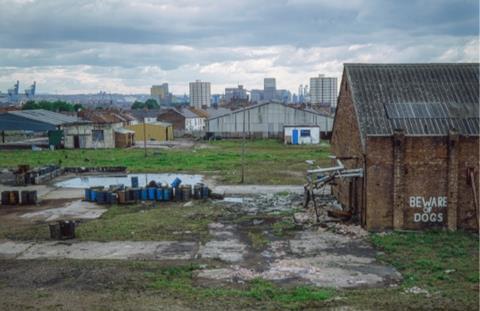And homes built on green belt land accounted for 2% of the total built last year

New figures reveal that last year saw fewer new homes in England built on previously developed sites compared with 2017.
Data from the Ministry for Housing, Communities and Local Government said that 53% of new residential addresses were created on previously developed land, a decrease of three percentage points compared to 2017.
And homes built on green belt land accounted for 2% of the total built last year, down from 4% in 2017.
Commenting on the figures, Joseph Daniels, chief executive of off-site manufacturing specialist Project Etopia, said pressure on the green belt has never been higher, “so the country’s use of previously developed land should only be going one way.
“Part of the problem is that previously developed land is often disliked by developers because it is smaller and difficult to access.
“Economies of scale then make it less profitable to develop but this is where modular and modern construction methods are capable of making these sites viable again.
“What is significant about any slump in the re-use of this land is that it points to a sluggish pace of adoption of modern methods of construction.”
The MHCLG said agricultural land accounted for 17% of all addresses created, while vacant or not previously developed land was on 15% and what it termed “other developed use” land was 13%.
Density levels decreased, the MHCLG said, with the average density of residential addresses surrounding a newly created residential address registering 31, a decrease from 32 in 2017.
Nearly 10% of new residential addresses were created within areas of high flood risk, down from 11% in 2017.










No comments yet